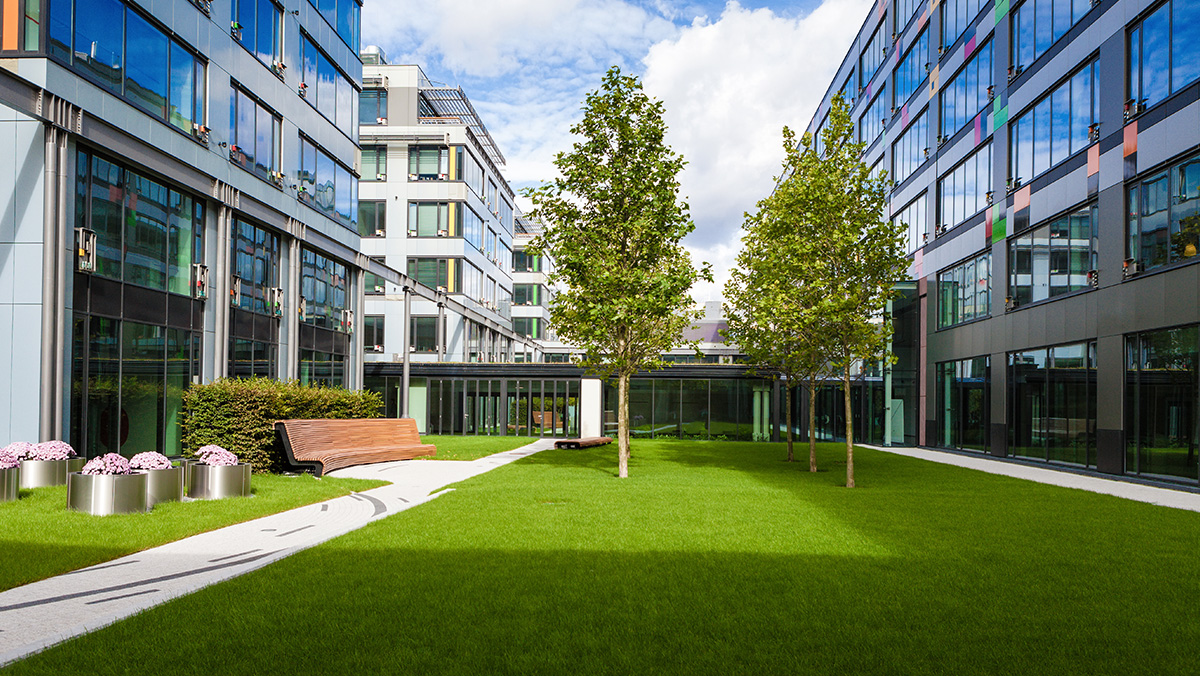
Over the past few years, there has been a significant shift in the healthcare sector’s mindset toward sustainability and the environment. Many health facilities have become increasingly aware of their impact on the ecosystem and are now making an active effort to reduce their carbon footprint.
As a result, medical centers around the world are taking proactive steps toward adopting environmentally-friendly practices, including the use of clean energy sources such as solar, wind, or hydro power. They are also investing in sustainable waste management, water conservation, and advanced energy technologies like heat pumps.
For example, a hospital in California recently installed a solar panel system that will provide up to 90% of its energy needs. This not only reduces the hospital’s carbon footprint, but it also saves money on energy costs in the long run.
Overall, healthcare facilities are recognizing the importance of adopting sustainable practices, not only for the environment but also for the health and well-being of their patients and their communities.
Why Going Green Matters
Healthcare facilities have realized that their operations can have a significant impact on the health and well-being of the communities they serve, and going green is a critical step toward improving overall community health. It’s no secret that climate change is having a devastating effect on humanity and our planet as a whole—and it’s important for healthcare providers to recognize their role in this global crisis and to take action to reduce their environmental impact. By reducing their carbon footprint and investing in sustainability, they can help fight global warming while also improving the health of the communities they serve.
The Benefits of Going Green
Making the switch to clean energy sources has many benefits for healthcare facilities and their surrounding communities. In addition to reducing emissions and helping mitigate the effects of climate change, green initiatives often result in lower energy costs for these medical centers, which can free up funds for other essential services such as medical research or improving patient care through advanced technology. Additionally, green initiatives often lead to improved air quality in surrounding areas, which can have a positive effect on public health by reducing the effects of asthma or allergies.
Healthcare facilities are now investing heavily in sustainability initiatives such as solar panels, LED lighting systems, efficient HVAC systems, and water-saving plumbing fixtures. These measures not only reduce emissions but also save money over time by using less energy than conventional methods. Furthermore, a growing number of medical centers are even investing in “green” materials such as plant-based plastics or recycled glass countertops when renovating or constructing new buildings.
Conclusion
As healthcare providers, we have an obligation to reduce environmental impact and protect the global population’s health. By spending on important energy initiatives like heat pump installations or using eco-friendly building materials, the healthcare industry can help mitigate the effects of climate change while also saving money over time and improving public health. We all have a part to play in protecting the environment—it’s time for healthcare providers to step up and do their part.
